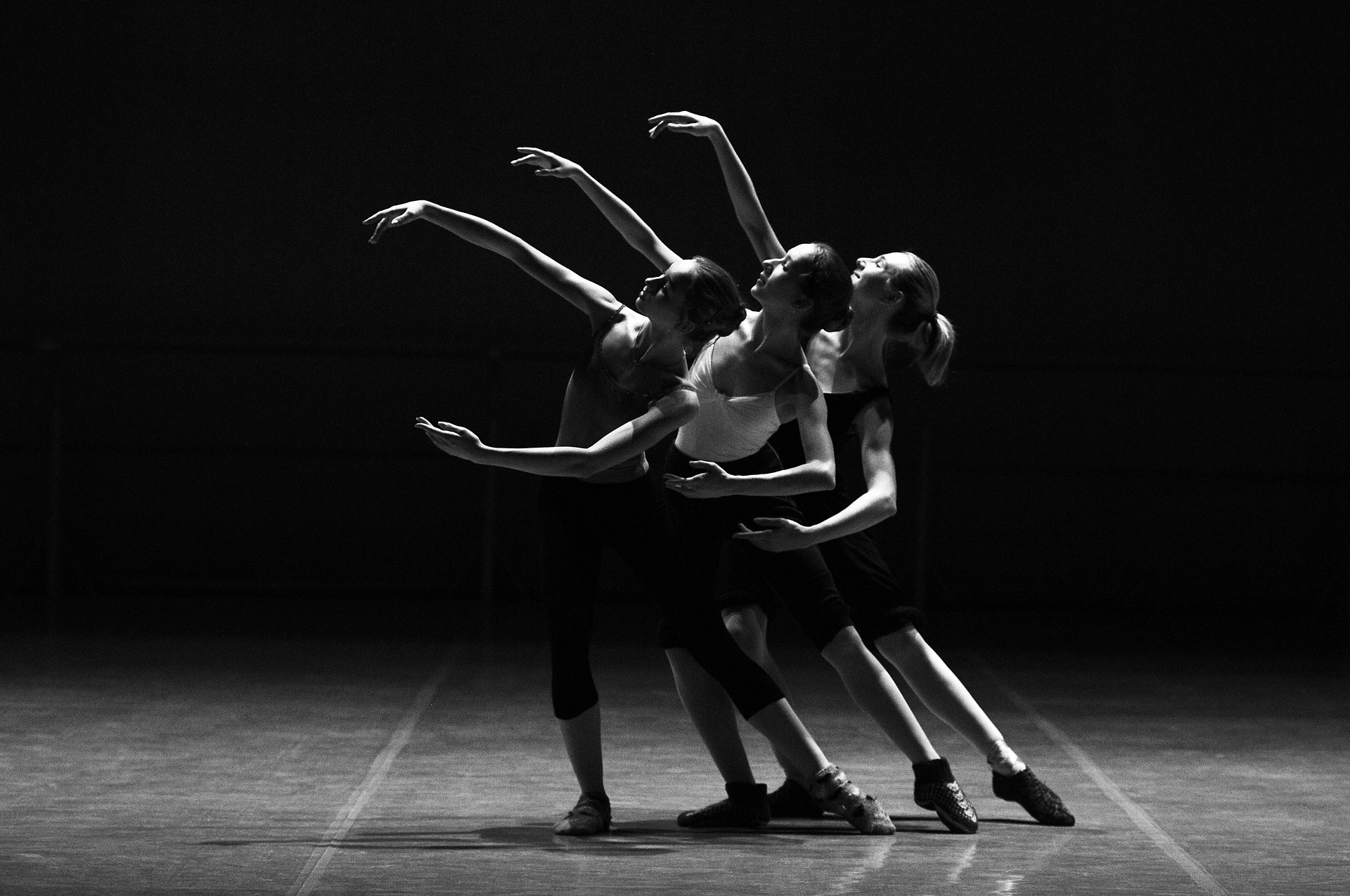Bridging the Gap: How Virtual Reality Is Transforming the Art World
In the intersection of technology and art, a revolutionary medium emerges—Virtual Reality (VR). As VR technology increasingly becomes part of our daily life, artists are exploring its potential, creating immersive experiences that push the boundaries of artistic expression.
The Dawn of Virtual Reality in Art
Virtual Reality as a medium for artistic expression has its roots in the late 20th century. As technology progressed, artists began to experiment with digital platforms, exploring new ways to engage audiences. Early pioneers, such as Char Davies and Jeffrey Shaw, used VR to create immersive, interactive environments that challenged traditional artistic conventions.
The Current Wave of VR Art
In recent years, VR has become a significant player in the art world. Major art institutions, like the Tate Modern and the Museum of Modern Art, have hosted VR exhibitions. Artists like Marina Abramovic and Anish Kapoor have adopted VR in their work, leveraging the technology to create immersive, multi-sensory experiences that push beyond the parameters of physical space.
The Impact of VR on the Artistic Landscape
The rise of VR art has profound implications for the art world. It challenges traditional notions of art as a static, physical object. Instead, VR art is immersive and interactive, inviting viewers to engage with the work in a deeply personal way. This shift towards experiential art is reshaping our understanding of what art can be and how it can affect us.
The Reception of VR Art
Despite its increasing prominence, VR art has met with mixed reactions. Some critics argue that it lacks the emotional depth and physicality of traditional art forms. Others, however, laud its ability to create immersive, interactive experiences that transcend the limits of physical space. As VR technology continues to evolve, this debate will undoubtedly continue.
The Future of VR Art
As VR technology becomes more accessible and sophisticated, its influence on the art world will likely continue to grow. Artists will have even more tools at their disposal to push the boundaries of what is possible in art. While it is impossible to predict exactly what the future of VR art will look like, it is clear that it is a powerful, transformative medium that is reshaping the landscape of artistic expression.
Conclusion
As we step into the future, VR provides a new lens through which we can explore and understand the world around us. It offers a dynamic, immersive platform for artistic expression that challenges our perceptions and expands our understanding of what art can be. As artists continue to experiment with this exciting new medium, VR art is poised to transform our cultural landscape in profound and exciting ways.





